
The Ito International Research Center was established as a base for social cooperation and international exchange, as part of an effort by the University of Tokyo to strengthen its ties with the community. It was named after Mr. Masatoshi Ito, Honorary Chairman of Seven & i Holdings Co., Ltd. and his wife, Mrs. Nobuko Ito, who provided donations to the University of Tokyo to fund this project. The Ito International Research Center will serve as a training facility for future leaders with a global mind, a venue for hosting both national and international academic conferences, a reception hall and a faculty club.
Designed by Mr. Hisao Kohyama, Emeritus Professor of the University of Tokyo, the Ito International Research Center will welcome visitors to the University of Tokyo campus coming from Hongo Street. The Sakura Square, located in front of the Center, will contribute to the recovery of natural environment on campus, and provide opportunities for intellectual encounters. Underneath the Sakura Square is an underground hall with a capacity of 500 people. The two pipes standing on the Sakura Square deliver sunlight to the underground hall and provide lighting to the surroundings simultaneously. The external features of the Ito International Research Center comprises brick design from first through fourth level, and metal panels for the fifth floor. The division of design is aimed at matching the campus’ Uchida Gothic architecture.
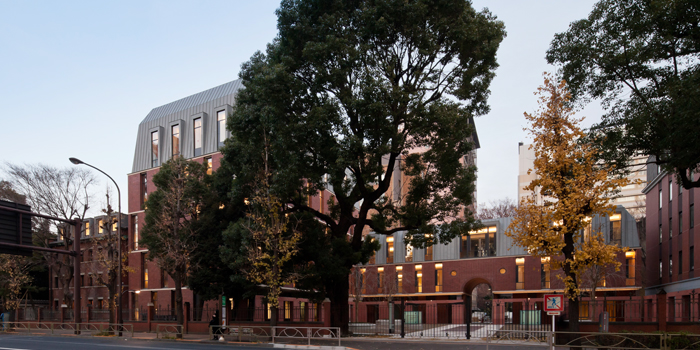
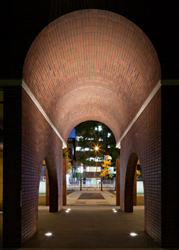
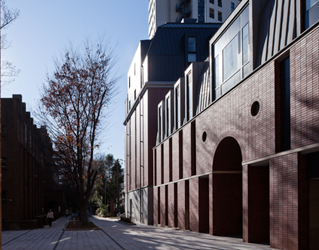
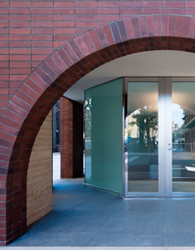
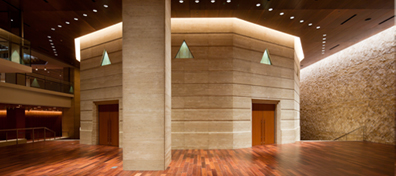
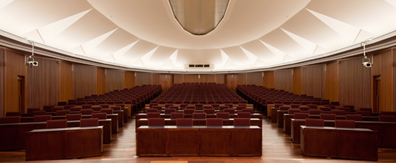
<< Ito Hall >>
++ Capacity 100~500 (412 sq.m., Max 489 seats, Ceiling height 6.4m)
- Seats (fixed) 326
- Arena (functional movable desk) 70
- Additional 93 stacking chairs are possible.
++ Premium international conference specifications
- Advanced sound, video and communication system
- Simultaneous interpreting booth
- Anterooms (one for 6 people, one for 4 people)
- Foyer (390 sq.m,)
- 12,000lm Projector*3
- 220inch screen
++ Conference support service
- Professional support cooperate with an outsorcing private company
- Planning reception, catering
- Cooperate with the restaurant "Chinzanso-Camellia"
- Arrange lodging and car service
- Logistical support for the event
- Provide a reception system for application
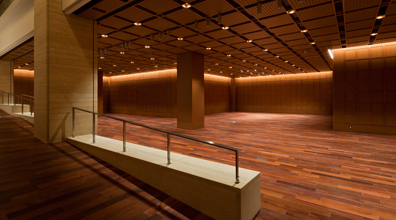
<< Event Space >>
++ Use for putting up posters, subcommittee meeting, receprion
- 3,500lm Projector
- Piano
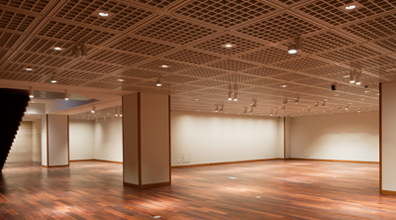
<< Gallery 1 >>
- Capacity 50 (104 sq.m., Ceiling height 2.7m)
<< Gallery 2 >>
- Capacity 30 (53 sq.m., Ceiling height 2.7m)
- 180 inch Liquid Crystal panel
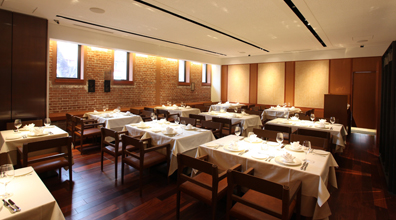
<< Restaurant >>
- For more information, please refer to the [Restaurant(external link) ].

<< Meeting Room 1 >>
- Capacity 12 people (23 sq.m., Ceiling height 2.5m)
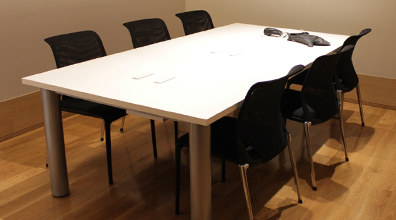
<< Meeting Room 2 >>
- Capacity 6 people(15 sq.m., Ceiling height 2.5m)
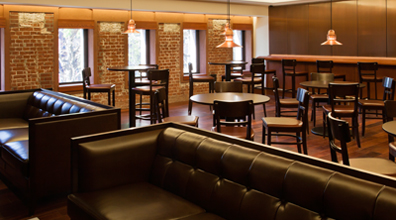
<< Faculty Club >>
- Capacity 36 seats, 50 people for Cocktail Party (80 sq.m., Ceiling height 2.2m)
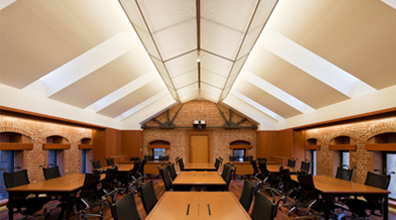
<< Conference Room >>
- Capacity 37 people (104 sq.m., Ceiling height 4.4m)
- Multipurpose chair and desks
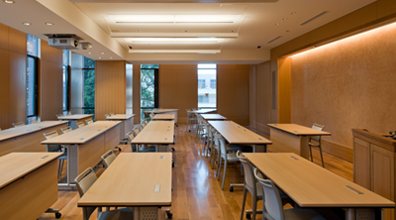
<< Seminar Room >>
- Capacity 45 people (122 sq.m., Ceiling height 2.9m)
- Flexible Layout

The Executive Management Program, established in 2008, targets professionals. Its objective is to produce talents who can internalize the University of Tokyo’s state-of-art knowledge and minds in various fields, who have profound insights based on intelligence and education, and who possess pragmatic and flexible communication skills and executive ability.

The Policy Alternatives Research Institute was established in July, 2008, with the mission of unifying the intellectual resources of the University of Tokyo, conducting policy researches based on such resources, and sharing its results with the society. It serves as an institution with think-tank functions, such as: the dispatch of policy options based on research conducted by the University of Tokyo; the detection of problems arising from networking in various fields; and revitalization of policy research through exchanges with groups both within and without of the University of Tokyo.